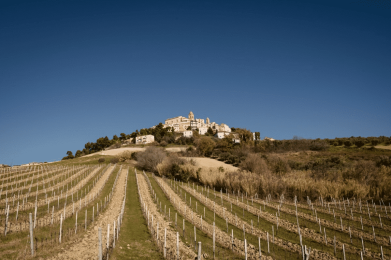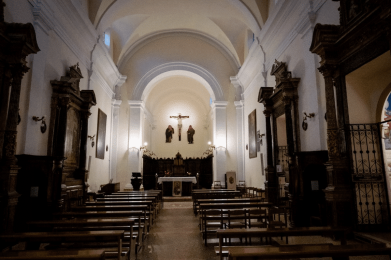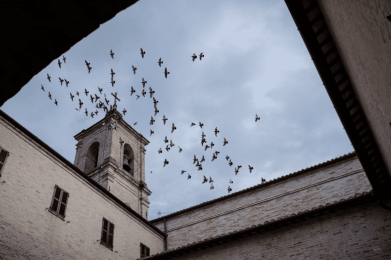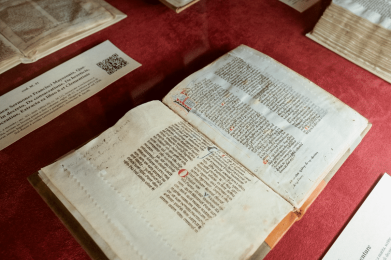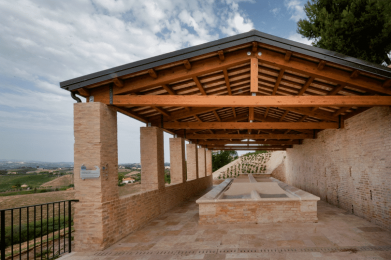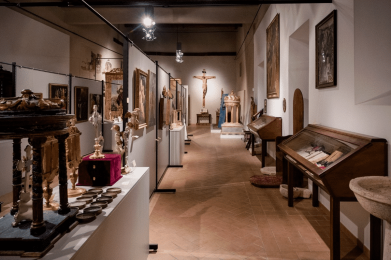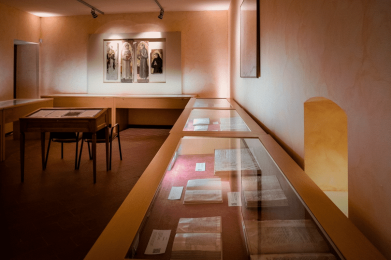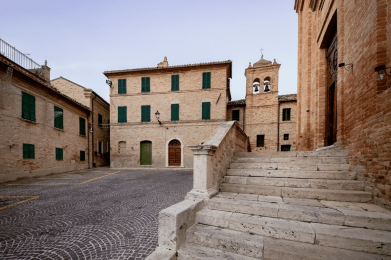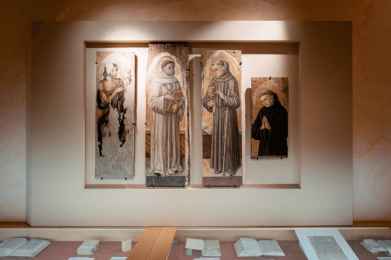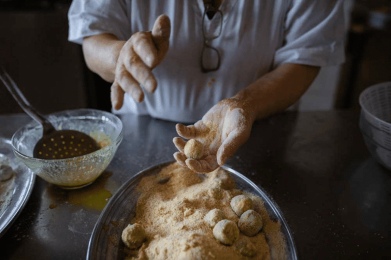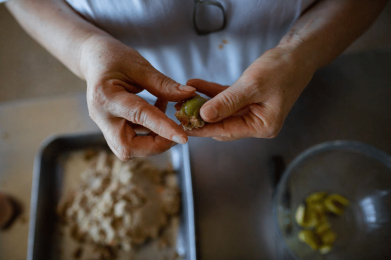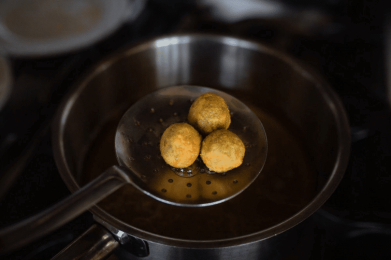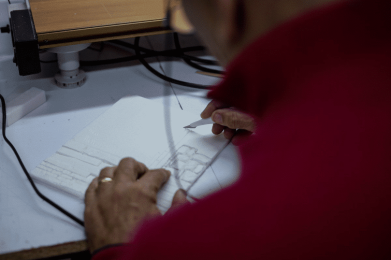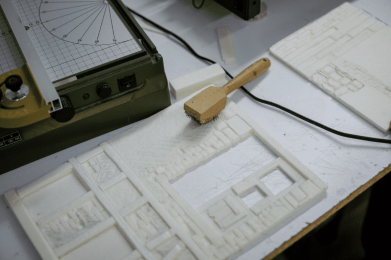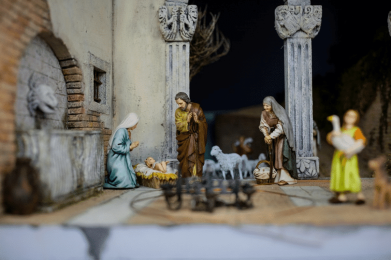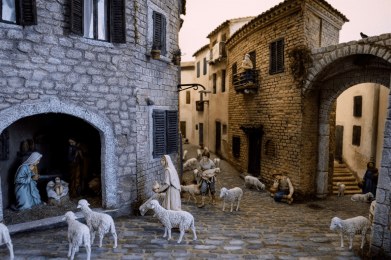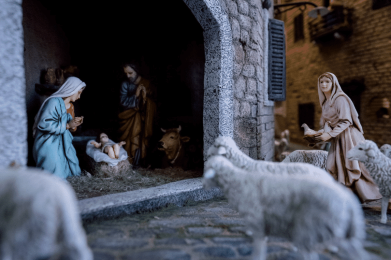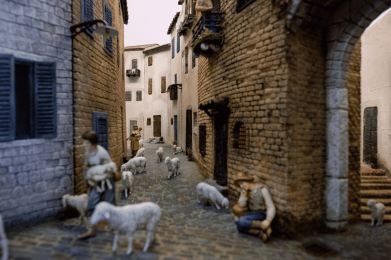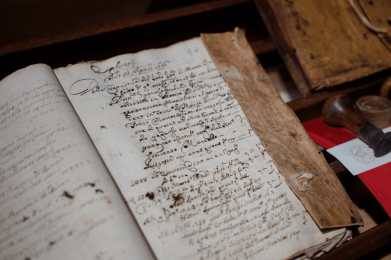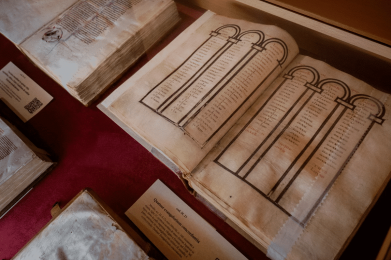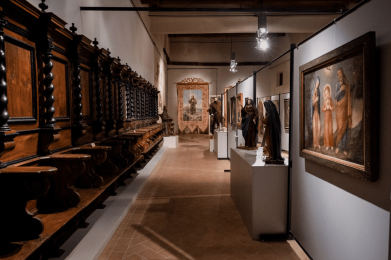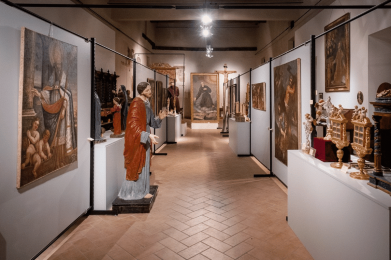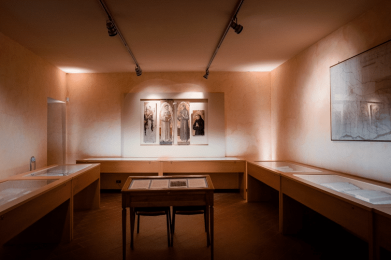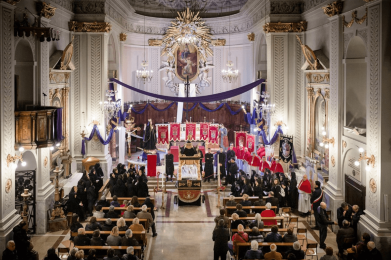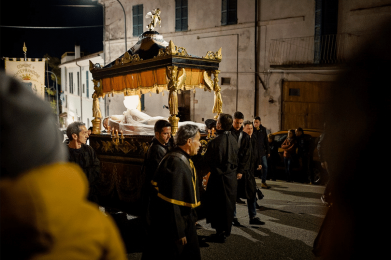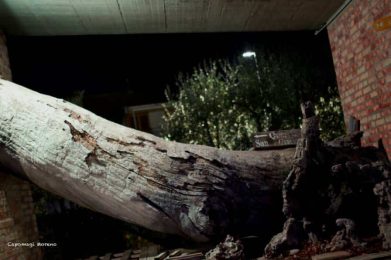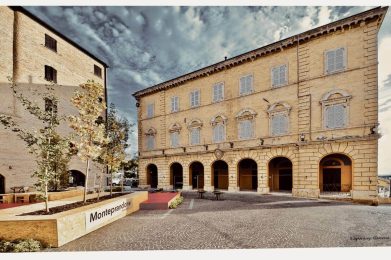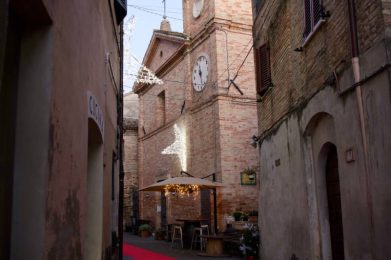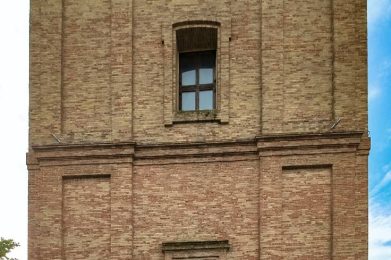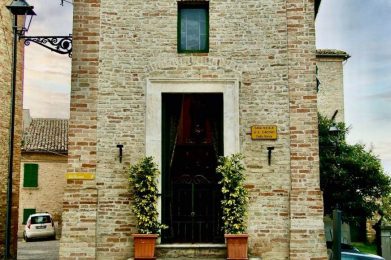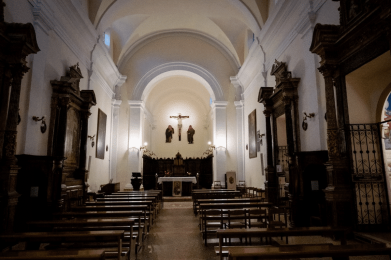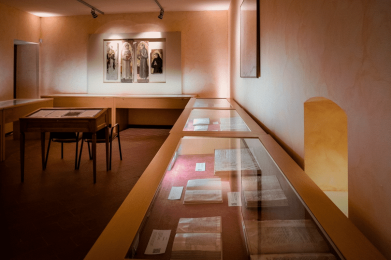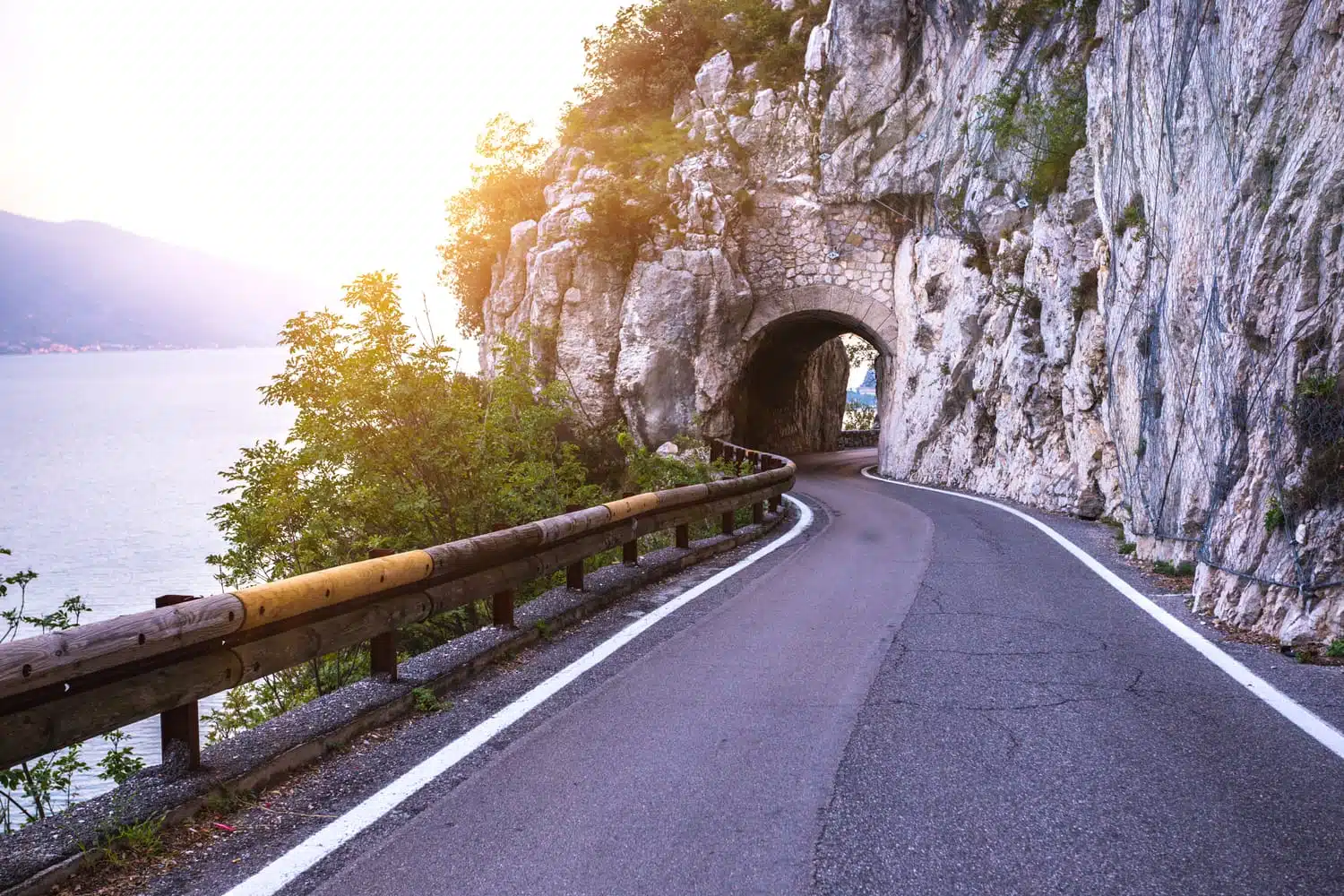The village of Monteprandone, in the province of Ascoli Piceno, is perched on a hill in the Marche hinterland at an altitude of 266 meters. According to tradition, its origins date back to the 9th century, a time when a knight of Charlemagne, named Prandone (or Brandone) from here the current name of the village, stopped in the place where the town now stands, founding the original castle . Centuries later, the walls, dating from the 14th-15th centuries, which runs around the village have remained intact.
Since the fourteenth century, Monteprandone had a close link with the city of Ascoli, strengthened by a papal bull issued by Pope John XXII with which the town was granted in perpetual fiefdom to Ascoli itself.
A curiosity: in the current municipal coat of arms of the village five hills are depicted. Two of these represent Monteprandone and Ascoli, the other three instead the localities of Monticelli, Monterone and Montetinello, annexed between the second half of the fourteenth century and the first half of the fifteenth.
Among the citizens of the village, the most illustrious was San Giacomo della Marca, born in the late fourteenth century. He was responsible for the construction of the Franciscan convent present near the village, an integral part of the complex of the Church of Santa Maria delle Grazie, the main tourist attraction for those who choose to visit the ancient medieval village in a couple of hours. The remains of the saint are still preserved inside the building today. The cloister dating back to the 16th century also belongs to the Church: in a room in the internal courtyard of the monastery, the Museum dedicated to San Giacomo was built in the past.
The religious complex is visited every year by thousands of pilgrims from all over Europe: due to its position, tradition draws the Sanctuary of San Giacomo della Marca, one of the most important Christian shrines in Europe, as the ideal center of a square sacred constituted by the sanctuaries of Loreto, San Giovanni Rotondo and San Gabriele. The list just mentioned includes four of the main sanctuaries of the Christian faith of the whole Old Continent.
In addition to the Church of Santa Maria delle Grazie, incorporated in the Sanctuary of San Giacomo della Marca, the medieval town offers its visitors other places of interest. Do not miss the entrance to the Church of San Nicola di Bari, also known as the Church of San Niccolò, which houses a wooden crucifix dating back to the fourteenth century, as well as a pipe organ built in the first half of the nineteenth century. The visit to Monteprandone continues inside the Town Hall, where the library of the illustrious San Giacomo della Marca is housed on the ground floor, containing the books that the saint used to offer to his confreres. The library is part of the Codex Museum, once kept in the Church of Santa Maria delle Grazie and today instead the pride of the Town Hall.
The production of wine and olive oil delineate the typical features of Monteprandone. Not surprisingly, the main annual event of the Marche village takes place in the first week of August, on the occasion of the festival of mouflon stew and fried olives all'ascolana. The same olives all'ascolana are one of the typical dishes not only of the province of Ascoli Piceno but of the whole Marche region. For their preparation it takes about 60 minutes, to which another 20 minutes must be added for cooking. The main ingredients include beef and pork pulp, as well as chicken, onion, celery and white wine. In addition to the festival in early August, Monteprandone experiences its peak period in late November, when the patron saint San Giacomo della Marca is celebrated. The feast is scheduled every year on November 28, the day on which the Catholic Church remembers the death of the saint in Naples (which occurred in the year 1476). There are many tourists who decide to attend the rites in honor of the saint.
Among the recommended activities to do near Monteprandone there is a half-day excursion to the Sentina Regional Nature Reserve, which stands at the mouth of the Tronto river. The Riserva Sentina offers all its guests the possibility of birdwatching, cycling or walking along the marked trails or guided tours on request. The best time corresponds to spring and autumn.


